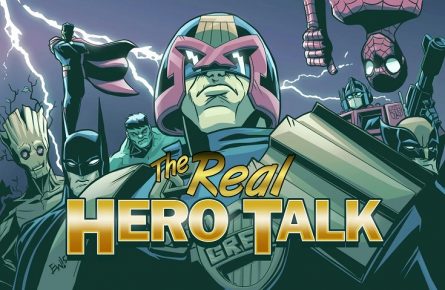Behind the Line: Value (Brigador Pt. 1)

Why are some video games valued at $60 when others are $20, or $1? The classical definition of value in a market is the balance between supply and demand. If something is rare, it has more value. If it is common, it has less value. This applies to video games too. We’re all familiar with price spikes for rare games, or bargain bin titles.

We’ve all looked through these before, hoping to find something in which we’re actually interested, instead of 10 Hanna Montana games.
A while ago, small developer Stellar Jockeys caused a bit of a stir when they priced their game, Brigador, at $20. It wasn’t the price that surprised people, though. Some people said that $20 was too much, and that they would rather pay $10 or $15 for this game. Stellar Jockeys replied with a large post explaining why they came to the price point they did.
Calculating Value
This is where the classical definition of price breaks. Even though it CAN apply with video games, digital distribution removes supply from the equation. Price must be set by the markets demand. Here is a portion of the reasoning that Stellar Jockeys posted:
As a reference point, here is a list of things that cost more than $20:
- a toilet plunger[www.amazon.com]
- a 30-pack of Bud Light[www.liquors44.com]
- a trash can[www.amazon.com]
- this single article of Calvin Klein men’s underwear[www.amazon.com]
- a fruitcake no one will ever eat[www.amazon.com]
- the Point Break remake Blu-ray[www.amazon.com]
- a calendar[www.amazon.com]
- this Nickelback poster[www.amazon.com]
There’s an sense of arrogance with these comparisons. That may be deserved, but calling out a Nickelback poster just sounds salty. The fact of the matter is that the price of a video game can’t translate well to other kinds of media. Often, a story mode for a video game lasts 40-60 hours, which is a lot of time for the game to ask of us. If the game is padded to reach that play time, then it wouldn’t be as good an experience.
We’ve all had that feeling. We bought a game, and half way in we feel tired, like the game is looming over us. We’ve already invested so much time and money, we feel we owe it to ourselves to see it through to the end. We want to conquer the challenge, see it through to the end. We probably won’t ever go back to play it again. We may even resent ourselves for wasting time and money on the game. That may be a game that cost $60, but we wouldn’t say it was a $60 value.
Ideally, we would want the price paid for a game to be lower than, or at least comparable to the value we get out of it. With that in mind, here’s a different way to think about how to calculate value of media:
V = (Ve – P – T) x R
V: Value
Ve: Expected Entertainment Value
P: Price
T: Time invested
R: Replay Value
This equation does two things. First, it disregards supply in favor of perceived value. Second, it recognizes the different personal costs associated with consuming the media. Let’s take that Nickelback poster. The value for a fan would be high. The price is set. The time invested is very low since you just look at it. Finally, the “replay value” is very high since it is anytime you look at it. That can have a very high return value.
Now let’s consider movies. Movies are like video games’ big brother. Both tell narratives through visuals. However, movies take less time to consume. Also, some movies are still enjoyable after many repeat viewings. While some games can be replayed over and over, they take so much more time that you simply can’t replay them the same way you can re-watch a movie.
No, video games are very different when assigning value. They ask so much from us that the expected entertainment value we get out of it has to be high enough to justify the price. This can’t be set in a vacuum, though.
Pages: 1 2








Leave a Reply